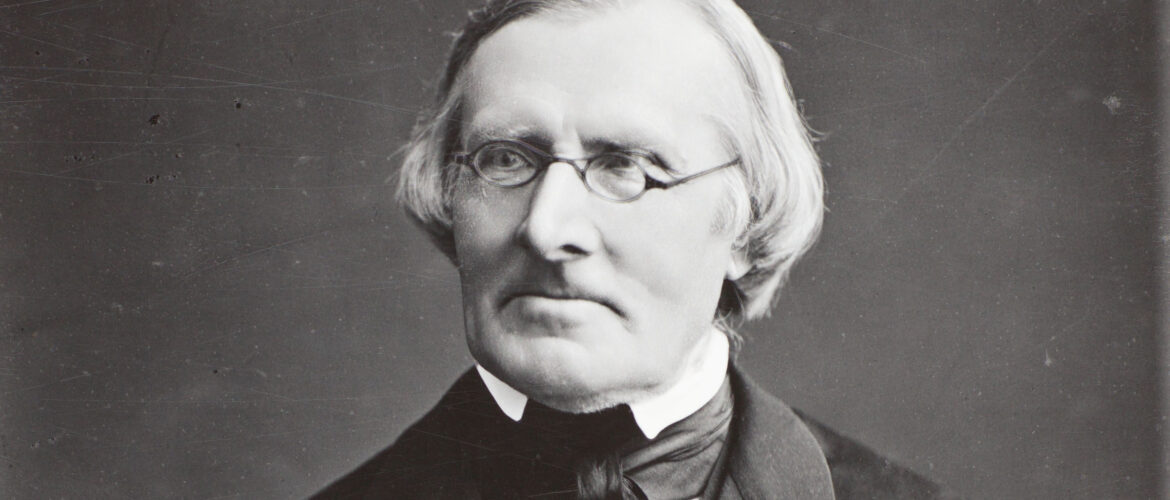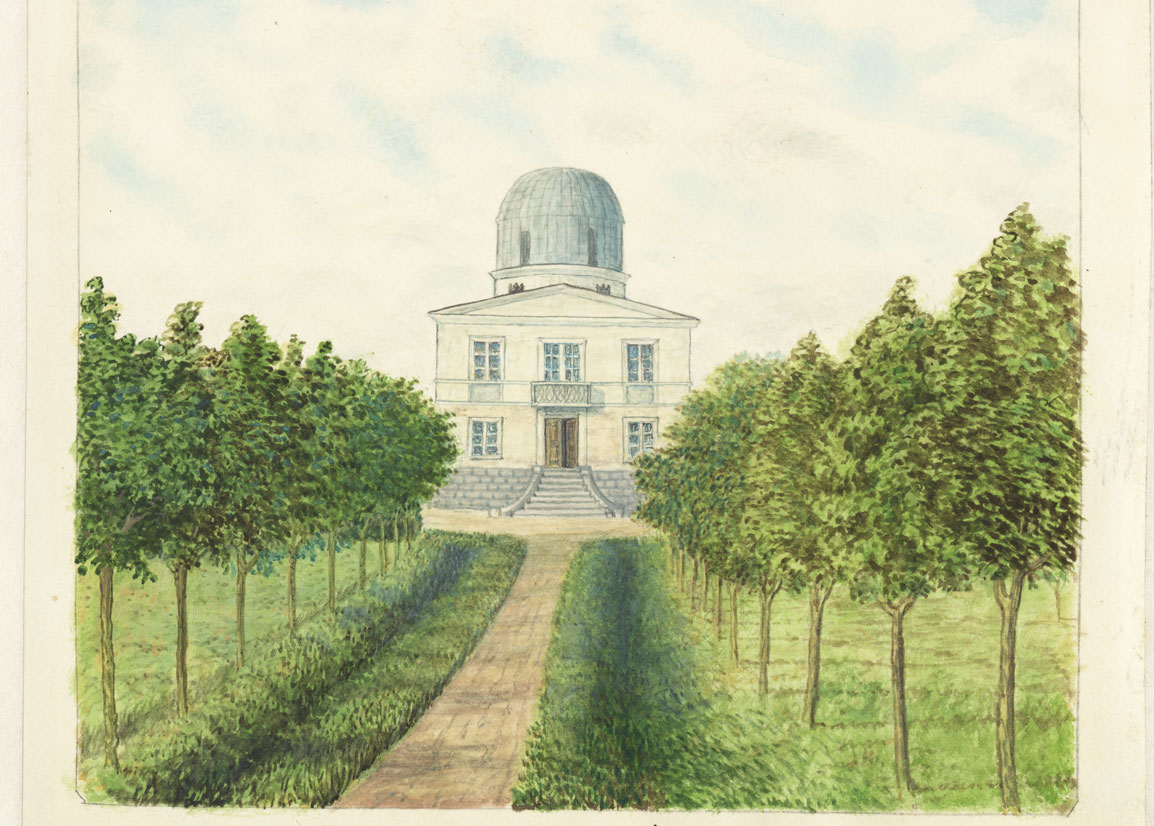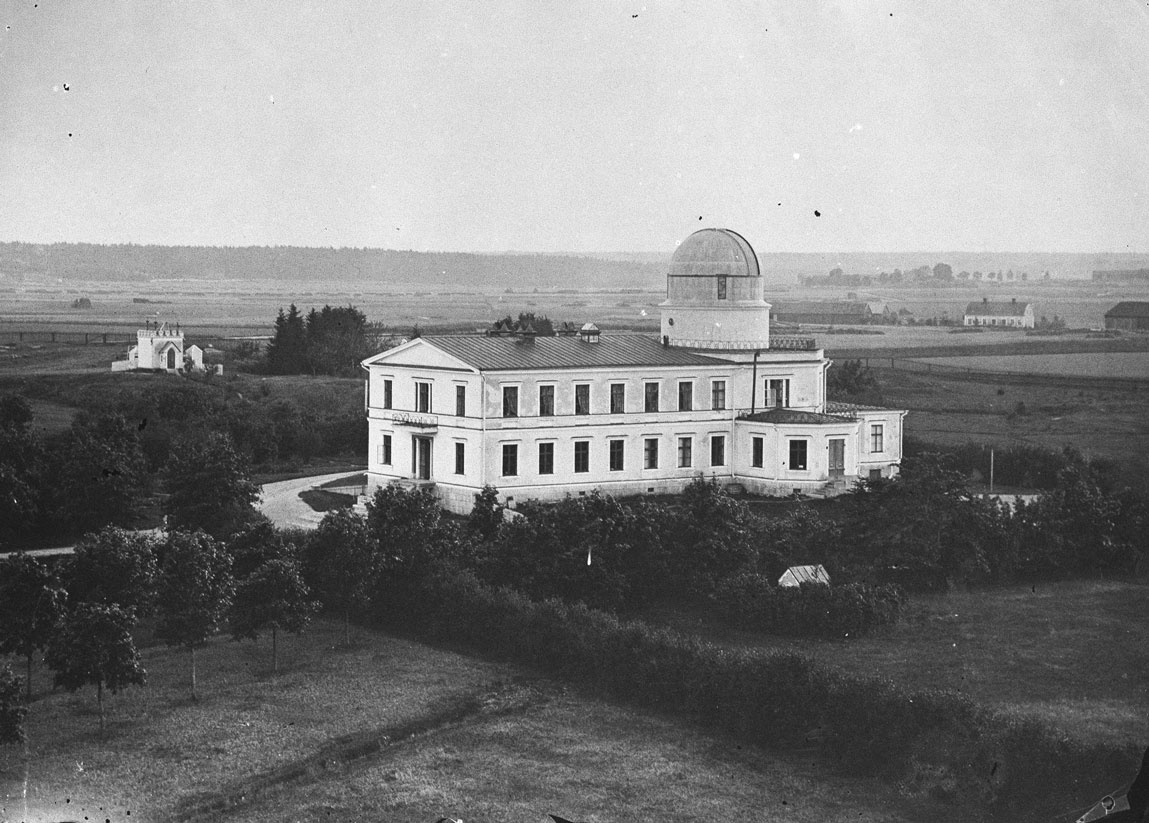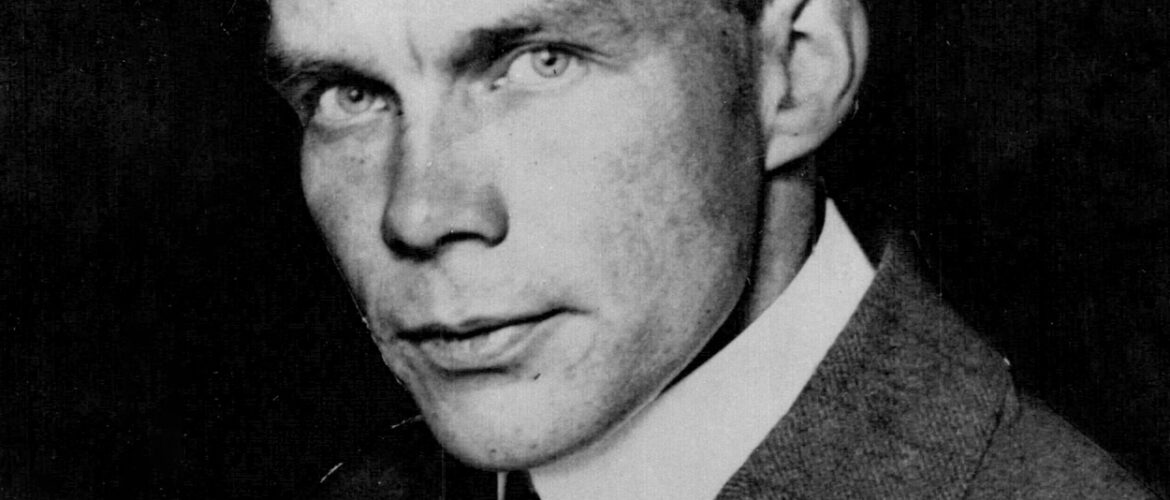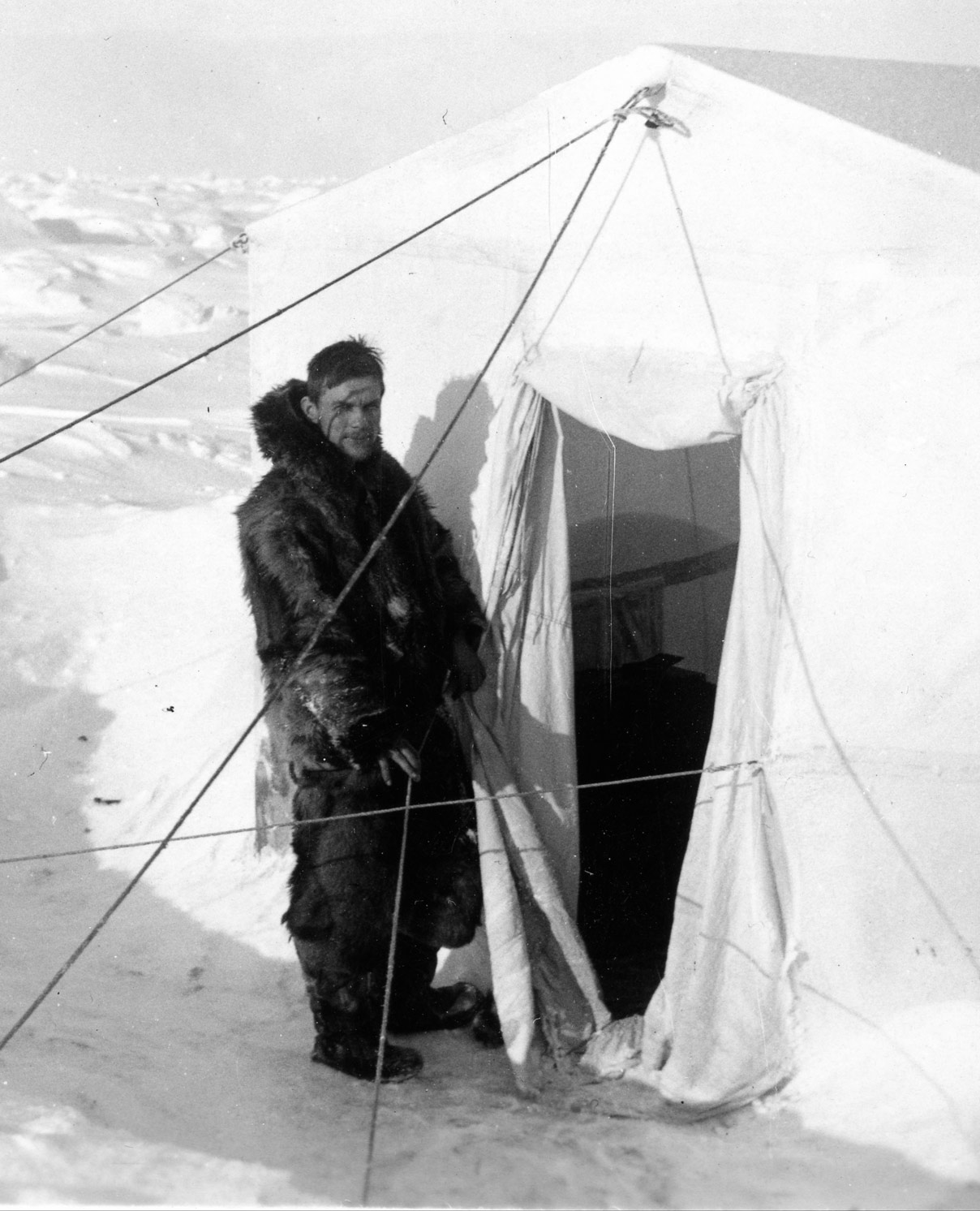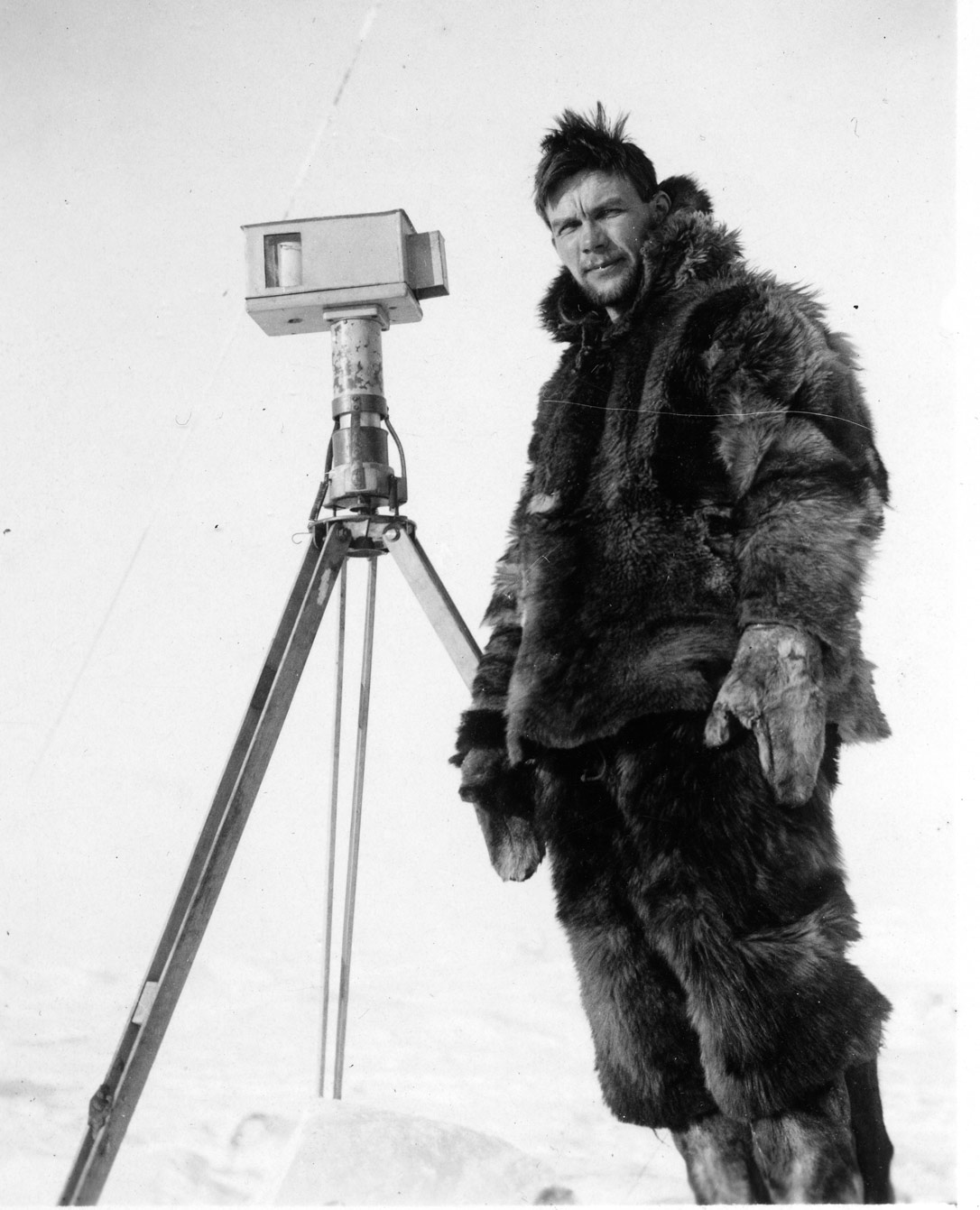1802-1882.
Astronomer.
Gustaf Svanberg was born in Botilsäter in Värmland and became a student in Uppsala in 1819. He first studied classical languages, but switched to mathematics and astronomy and was professor of astronomy 1842-1875.
Between 1833-1835 Svanberg studied earth magnetism in Germany. As a member of parliament, Svanberg succeeded in obtaining funding for a modern observatory in Uppsala, which was built in the area between Rackarbacken and the old fjärdingstullen, the area now known as Observatorieparken.
The observatory was completed and inaugurated in 1853 and received its first main instrument, a 24 cm refractor from Steinheil in Munich. It was replaced in 1893 by the double refractor (36/33 cm) that is still in the main dome of the observatory.
Gustaf Svanberg organized regular meteorological observations from 1865. The Department of Meteorology moved to the Ångström Laboratory in 2000, but the "Old Observatory", as it is called, is still used by amateur astronomers and for public displays.
Burial site: 0109-0461B
Image description: Portrait of Gustaf Svanberg, ca 1870-1880. Photo: Henri Osti / UUBThe image is cropped]
Click here for an uncropped image

